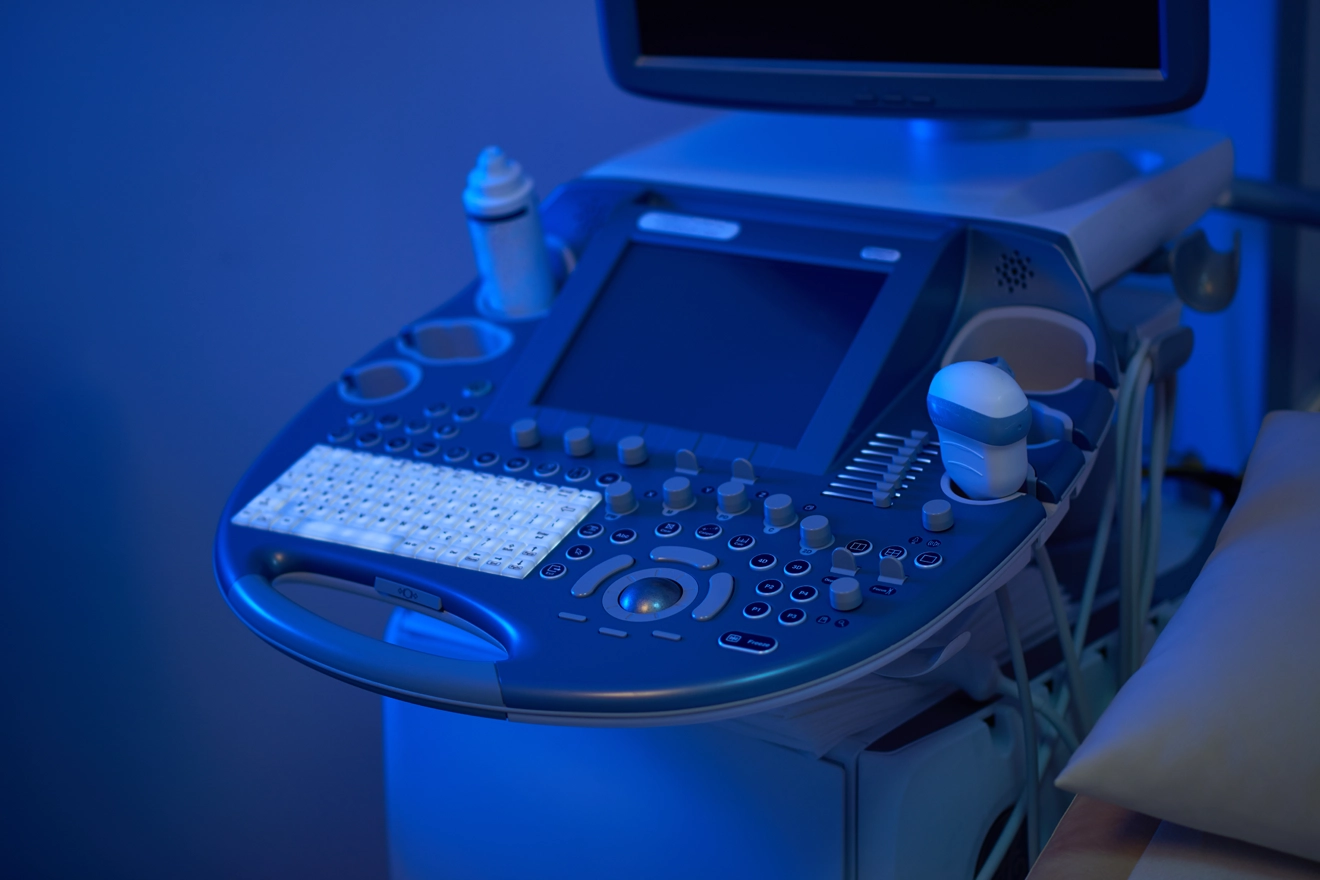
The US Food and Drug Administration (FDA) defines Clinical Outcome Assessment (COA) as a narration and reflection of how a person feels, functions or survives. The medical device manufacturers may opt to include Clinical Outcome Assessments (COA) in the Regulatory submissions for their device approvals such as PMA and 510(k). Well planned, structured and reported clinical outcome measures provide quality information to demonstrate benefit-risk aspects of a medical device, frame labeling communications, defining patient selection criteria for clinical studies and measurement criteria.
The COAs can be reported by the healthcare provider or non-clinical observer or by the patient and they are categorized into four (04) types, such as:
- Patient-reported Outcome Measures (PROs): PROs are based on a report personally provided by the patient about their health condition without being interpreted by anyone. The information is collected from patients through various tools such as questionnaires, rating scales, etc.
For example, the PRO used to demonstrate the effectiveness of a device by assessing urinary symptoms and impact in Quality of Life (QoL) in Benign Prostatic Hyperplasia (BPH). - Clinician-Reported Outcome Measures (ClinROs): ClinROs are based on a report from the trained Health Care Professional (HCP) after interpreting signs or behavior observed while examining the patient. The ClinROs are accurate as they are reported after the investigations and left with no assumptions.
For example, the clinician rating of a patient’s disability on a scale from 0-6 or the incidence of neurological deterioration in an acute ischemic stroke is a classic example of ClinRO. - Observer-Reported Outcome Measures (ObsROs): ObsROs are based on a report from assessments made by the patient’s caregivers on signs, actions or behavioural patterns related to the patients’ health condition. The ObsROs play a critical role, especially when the patient is not in a state to respond. The observer cannot validly measure the intensity of the symptom but communicates it through the observed changes.
For example, assessment by a trained observer about procedural tolerability through Face, Legs, Activity, Cry and Consolability (FLACC) scale. - Performance Outcome Measures (PerfOs): PerfOs are based on a report from the information collected when the patient is asked to accomplish a well-defined, standardized and scientifically proven task during an examination.
For example, a patient with knee replacement implants is assessed based on performing physical tasks like walking and measuring memory recall to assess cognitive function.
In the digital era, electronic Clinical Outcome Assessment (eCOA) improves accuracy over paper-based methods. It is a technique that optimizes data collection and aids in reporting the clinical trial outcomes electronically. It utilizes technology such as tablets, handheld devices, etc., to directly report clinical outcome information. One such example is electronic Patient-Reported Outcomes (ePROs), which capture real-time data and provide high-quality clinical trial outcome.
Center for Device and Radiology Health (CDRH) emphasizes the significance of adding patients’ opinion while evaluating safety and effectiveness of the device in the Regulatory decision-making process. CDRH collaborates with device developers and manufacturers through various means to obtain inputs for developing and validating the COAs in Regulatory submission.
- Q-submission: The sponsors are invited to talk over the design to use COAs by embracing Patient-Reported Outcomes (PRO) instruments with CDRH through Q-Submission
- Medical Device Development Tools (MDDT): MDDT enables the FDA to qualify the tools that the device sponsors will utilize during the development and evaluation of the medical device
- PRO Report: The PRO report discusses the value of using PROs in the Regulatory submission, clinical practice, and reimbursement
- PRO Compendium: The PRO compendium provide the list of PRO instruments used and helped in reporting the premarket clinical investigations on medical devices while submitting to the CDRH
Clinical Outcome Assessment will provide an evidential report for assessing the device through various measuring tools during the evaluation of the device after holding a discussion with professional societies, academic researchers, patient groups, public-private partnerships, and other stakeholders for a better understanding of device safety and effectiveness in Regulatory use.
Are you looking for Regulatory expertise to gain further insights on Clinical Outcome Assessment (COA)? Kindly consult an expert. Stay informed. Stay compliant.









